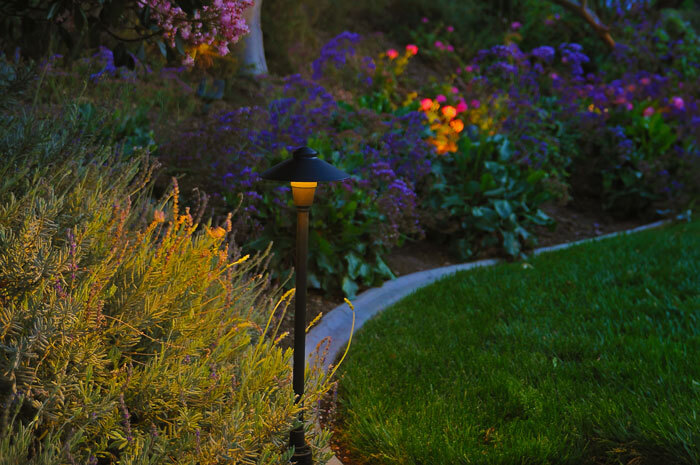
You might be tempted to pull out the mower and start cutting down that new spring growth as soon as it appears. However, it’s best to step back and take a look at lawn conditions before you begin. The burst of healthy grass activity in spring will help keep your lawn lush and vibrant for the rest of the year. Use it wisely! By timing your mowing and seeding schedule to make the most of this growth, you’ll enjoy much better results overall.
Ask yourself the following questions to know if the timing is right.
How Tall is the Grass?
Give your spring grass a chance to develop strong, healthy roots. This means waiting until it’s at least 2 inches tall before mowing. Even then, stick to the rule of not taking off more than a third of its length so that it doesn’t die before it’s had a chance to develop.
How Recently Did You Fertilize?
Spring is a great time to fertilize your lawn because of its high rate of new growth. Like a child going through a growth spurt, the grass consumes nutrients at a much faster rate than normal. Both early and late spring are ideal times to fertilize. Just remember that you have to give the nutrients a chance to be absorbed before you mow, so time accordingly.
Are You Overseeding This Year?
Overseeding is another common activity in spring. This is typically done before fertilizing, so you’ll need to set up a schedule of seeding, mowing, and fertilizing that won’t cause further damage. In most cases, you’ll have to plan on not mowing until later in spring (April-May). If you’re interested in renting a slit seeder, find a rental location here. You can also hire this to be done by a landscape contractor.
Where Do You Live?
Location will have an impact on your mowing schedule, especially if you live where late frosts are a possibility, or there’s an excess of rain.
Freezing Conditions
The freezing/thawing cycle can be very rough on new growth and can cause dehydration, which isn’t good for the grass. Cutting it down while it’s unstable can cause irreparable damage. If freezing is a possibility, you should plan on mowing the grass longer than usual. It’s better to risk longer grass and the need to mow more often than to cut it too short and have the frost kill the rest of the plant off.
Wet Conditions
An unseasonably wet spring could cause a huge rush of damp growth that can be more difficult to mow. Therefore, pay close attention to weather conditions. You may need to scale back on your mowing schedule until the grass dries out to prevent potential problems or damage to the turf.
How Much Time Do You Have?
As soon as you perform that first mow, you should plan on mowing every 3-5 days to create a clean, manicured look. By waiting until you have the time and energy to devote to mowing, you’ll end up with a better-looking lawn.



